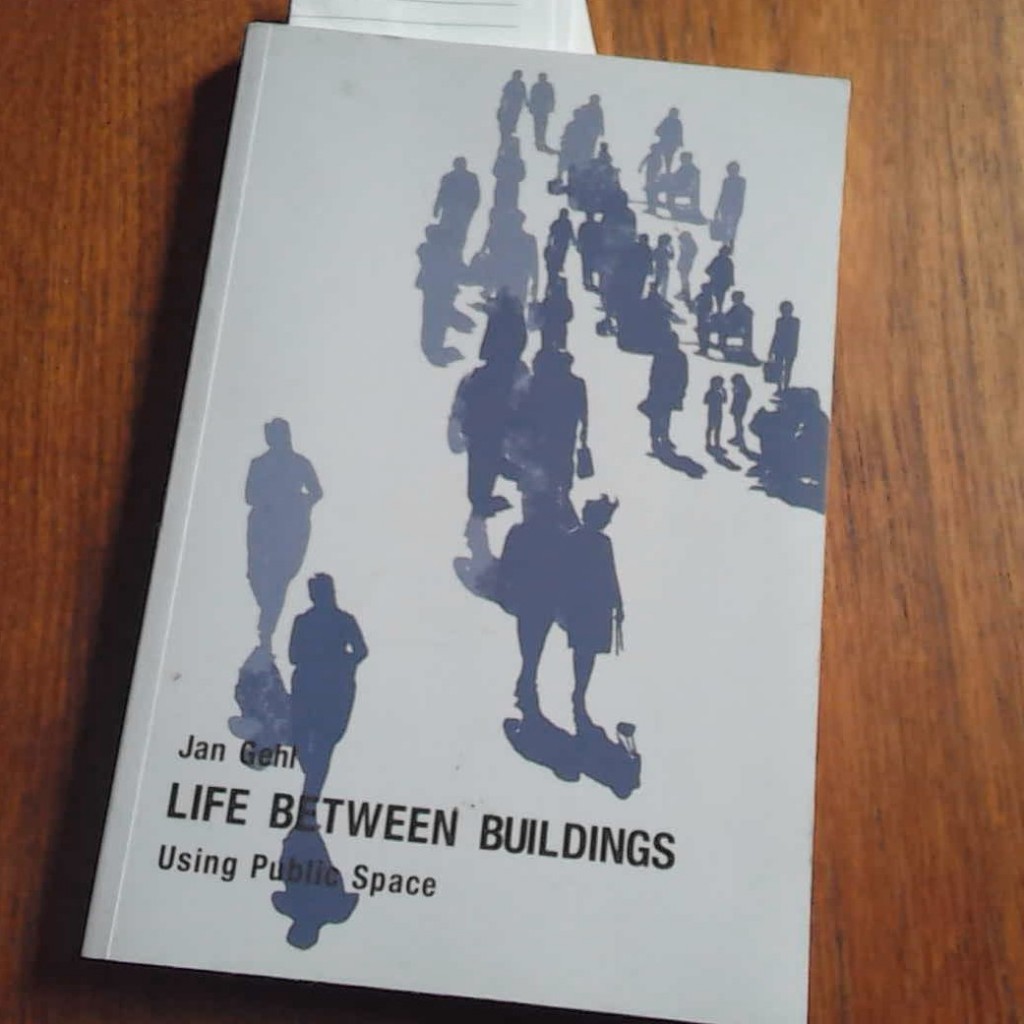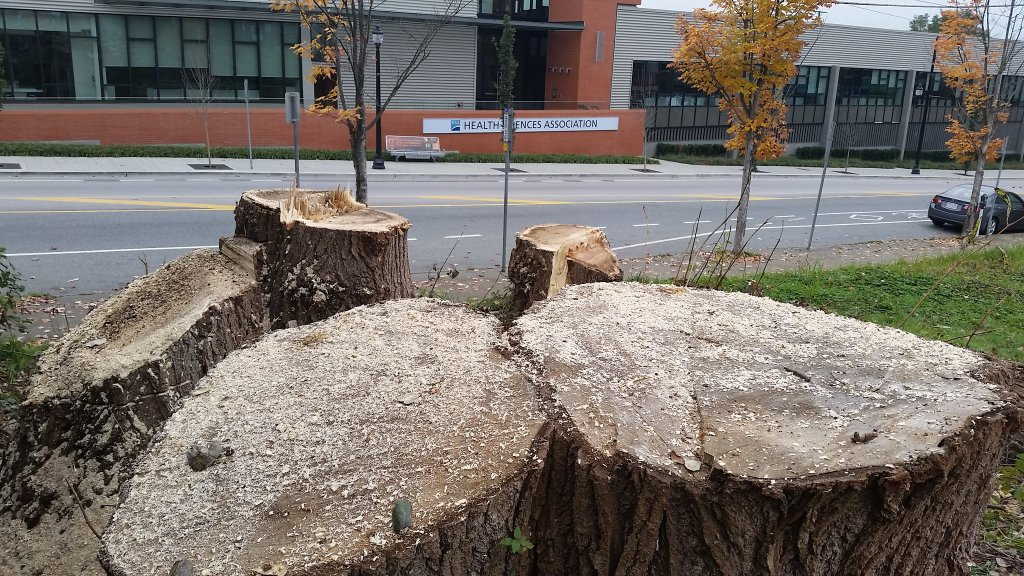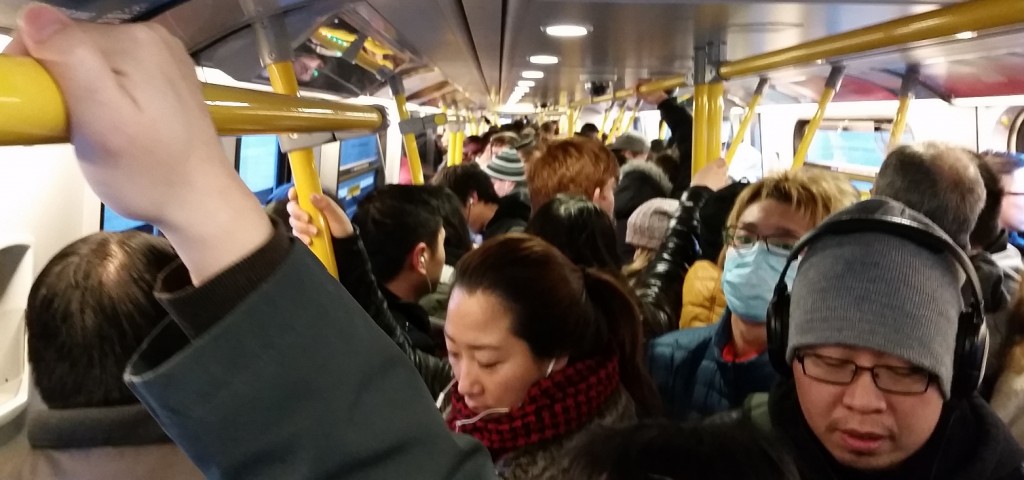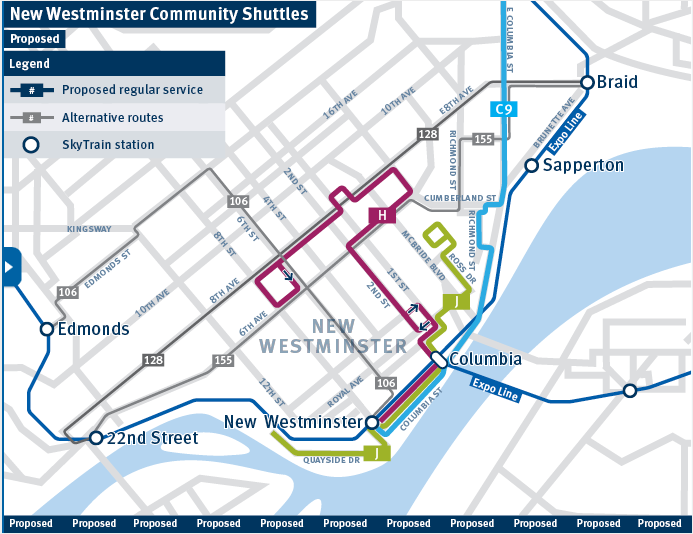The Council meeting of November 2nd had a monumental agenda – 42 items, including Open Delegations and some longer presentations. The Public Meeting alone was almost 5 hours with intermission. However, many of us started at 9:30am with Task Force meetings, Land Use and Planning Committee, and closed Council sessions. It was a long day, but we really moved some important things forward.
After some preliminary announcements and proclamations, we go into the agenda:
2015-2018 City Council Strategic Priorities,
Council has worked over the last 10 months with staff to put together a set of Strategic Priorities for this term and beyond. It is big list, and a comprehensive report, but it gives the public and staff an idea of what this council’s priorities are: housing affordability, transportation, waterfront revitalization, economic development, better governance, and asset renewal. This is a big enough topic that I should probably cover it in it’s own blog post. If you just can’t wait, read it the plan here, and do your own blog post!
Fibre Utility Branding
The City is setting up dark fibre infrastructure to provide broad-band internet services to businesses in the City faster than the major telecoms are willing to invest. Part of setting this up is creating the branding and marketing materials to convince the ISPs to provide services through the dark fibre we are installing. We need them to bring the light and pay us for the opportunity, so they can provide better service to their customers (our businesses and residents).
I’m happy, if not wowed, by the branding results, but I’m not a marketing guy. The Intelligent City Committee did a lot of work to get to it here, and these folks are immersed in the industry we are talking about. I am happy to approve their recommendation. You will be seeing this around:
Ipsos Survey Result for the City’s 2016 Budget Survey,
The City does this survey every year as part of our budgeting and strategic planning process. It is one of many ways we measure how people feel about the City, and where we should be putting our priorities.
Right off the top, it looks good. When 98% of people asked about the quality of life in the City respond with good or very good, we can be fairly assured that people are increasingly satisfied with how the City is being run. Unlike most others on this Council, I am almost completely unable to take any credit for that, as I am still the new guy. However, it sets the bar pretty high if we want to keep that rating up in the high 90s.
It will be no surprise that transportation is topic #1 again. There is an interpretation problem in that the topic is so broad – some residents are concerned about afternoon road congestion that keeps them from getting their kids to swim practice, others more concerned about the future of the Pattullo, the impact of tolls, or lack of transit funding leading to a less reliable system Each of those problems may have different solutions. As a City, we are working hard on implementing our new Master Transportation Plan and setting priorities to address the largest concerns, and are working with our regional partners to try to get out of the current funding quagmire that is preventing some of the regional solutions from being realized.
The concerns are not a surprise to this council or to the Mayors Transportation Taskforce members, but maybe we can take these results and tweak the way we are approaching implementation in the upcoming capital budget.
The general opinion about taxes is a marked contrast from what one would perceive by following the general or social media (not to mention CKNW callers), but reflects something I noted during campaigning last year – people don’t mind paying taxes, as long as they feel they are receiving value for their dollar. Although we need to continue to be detailed about how we manage our budget, and need to strive to hold taxes as low as possible, we need to also do a better job demonstrating where taxes go, to show what you are paying for when you get that tax bill in the mail.
Overall, an interesting report, but only one part of a larger body of data we use to set priorities in the City.
Proposed Transit Service Changes,
I already wrote a blog post with my feelings about this change: mostly positive, but with a few significant caveats. We’ll see how it develops, but I am encouraged from our conversations with TransLink.
REPORTS FOR ACTION
Public Seating and Games Space – Public Space Pilot Projects,
I like this idea! We have talked about seating as an important part of the transit system and about creating Parklets. These support the new urbanism concept that spaces for humans need to be “sticky” – having more people on a street is great for community, for business, for safety, and for social connectivity.
I will resist going on a rant here, fueled by my current choice of reading material:

The “quality” of an outdoor space correlates very highly with the amount of human contact you can have in a space – contact being a simple as being able to see and hear other people. It follows that a linear increase in the number of people in a space exponentially increases the opportunities for that contact, and you can double the number of people in a space by bringing in twice as many people, or by encouraging people to spend twice as much time there. As a fundamental principle, “loitering” is the best thing you can do to improve a Public Space. I’m looking forward to seeing how we can make this change happen.
Action in Support of Declaration on the Right to a Healthy Environment,
This was an initiative brought to Council this summer by the David Suzuki Foundation, working with the New Westminster Environmental Partners. The Blue Dot is intended to provide local governments a framework commitment towards better environmental sustainability, but to also push the sustainability agenda up from local governments through to Provincial and Federal governments. The sad reality is that Canada lags behind most advanced nations on providing a guarantee of clean air, water, and soil as a fundamental right, and we can do better.
As far as our local commitment, the pledge the City made is not an particularly onerous one, as many of the items are things we are already doing or working towards. This is not a list of pie-in-the-sky green ideals, but pragmatic measures towards sustainability that represent responsible governance in the 21st century.
It also points to a few things that New Westminster can do better. My off-the-top-of-my-head example is how our legacy of policies from the Pedestrian Charter to the new MTP indicate our City prioritizes pedestrians and transit in the transportation infrastructure, but we are still commonly making infrastructure decisions that do not reflect that priority. I would also suggest we need to look again at how we use the Sustainability Checklist that comes with Development proposals and start talking about what the “Sustainability Scores” we produce really mean.
My amendment to the recommendation was in the spirit of the pledge, and was rooted in my science-based philosophy that you cannot manage what you don’t measure. We can make pledges and develop policies to support them, but I think it is important that we collect the data to track how successful we are being in achieving the goals of the policy. Therefore, I asked staff to develop a list of metrics that the City can use to evaluate progress on each of the points under Part 5 of the declaration. I further wanted them to recommend to Council 5-year targets for each of the metrics, so we can measure how we are doing. Metrics will keep this Council and future councils accountable for the commitments we have made here.
Urban Academy Update
A proposed expansion project for this school on the south edge of the Queens Park neighbourhood was turned down by Council back in May. The proponents have come back with a modified plan, with a building reduced in size and massing and a reduced number of students to address some of the concerns raised in the Public Hearing in May.
The modified proposal came to the new Land Use and Planning Committee both on September 14 and on October 5th.last month, and that committee heard from both the proponent and a group of residents who opposed the modified proposal.
The process that exists under the Local Government Act provides an owner of land the right to bring a proposal to Council for a fair hearing; however Council is equally free to turn down a rezoning or development proposal if it doesn’t meet community goals. Unfortunately, the way to process operates under the LGA is centered around the Public Hearing, and Council is encouraged (some say required) by that process to enter the Public Hearing with an open mind to the evidence provided.
This results in the need for Proponents to invest a lot of time and money on a project before they are told by Council whether they can proceed. If a community group is opposed to the project, it is equally difficult on them, as they feel they are constantly being dragged back in to address the project as it moves through steps. The difficulty of this process is only exacerbated as the passion of the people and groups on both sides of the debate increases.
I cannot speak for other members of Council, but back in May I provided my reasoning coming out of the Public Hearing for why I voted differently than the rest of Council on the first proposal. At this point, Council is not being asked to approve the revised project, but whether we want staff to continue to work with the Proponent to move it through the process. Alternately, if council could give the message that the project is dead in the water, and that Council approval was ultimately unlikely.
Unfortunately, Council once again gave a somewhat on-the-fence answer that satisfies the Process set out in regulation, but will not satisfy the Proponent, or the neighbourhood group in opposition. However, I think most of the Council provided some guidance to the proponent about what they see as the challenges this project still faces.
2016 – 2020 Draft Financial Plan – Utilities,
This is yet another step in our never-ending budgeting process. As our Utilities (Electrical, Water, Sewer, and Solid Waste) are regulated differently than the rest of the City, their budgets operate in parallel to the City’s other budget components. Short version: everything is going up:
Electrical rates: up 4% then 3.5%: This both keeps us in line with the residential and business rates changed by BC Hydro to customers outside of New Westminster, and reflects the anticipated increases in the rate the City pays for the electricity we re-sell to our residents.
Water Rates: up 5.5% then 5.5%: This is a direct result of the anticipated increases in water costs from Metro Vancouver, who supplies water to the City’s system. This mostly reflects increased capital costs to maintain the system, from a new filtration plant at Seymour to new and replacement major transmission infrastructure, like water main replacements under the Fraser River.
Sewer Rates: up 7.5% then 7.5%: Similarly, sewer rates are driven by significant capital investments being made in our major water treatment plants, including a completely new Lions Gate Treatment Plant , which are in turn driven by incoming and stronger federal regulations about the quality of discharge permitted from these plants.
Solid waste: up 1% then 1%: I am glad to provide this little bit of good news, as the costs to manage your solid waste (garbage, green waste, and recycling) will be increasing at a rate of less than inflation. It is good to know our decade-long pressure to divert solid waste and create a more fair pricing system is starting to show some positive benefits.
Front Street Mews
This is an update on the design plan for the improvements to the Front Street after the Parkade Removal is completed. After extensive public and stakeholder consultation, a master design for what will be called the Front Street Mews has been scoped, and a preliminary budget prepared. There are yet some details in regards to some final finish, but we can now imagine what Front Street is going to look like next summer.
Items Removed from the Consent Agenda:
20. Information Report on Uber Ride Sharing Services
This report addressed some correspondence between the City and Burnaby around the potential for expansion of Uber to the Lower Mainland. We have not had any formal request to permit Uber in New Westminster, and although they made a few early attempts to set up on Vancouver, as of today the service does not operate in British Columbia. There are a variety of reasons for this, including our unique automobile insurance situation, and the complex jurisdictional environmental that is the car-for-hire business in BC.
I have no doubt the Taxi industry has problems, mostly a result of an onerous and bizarre regulatory environment that probably made sense as it was being assembled, but is now so ridiculously contrived that it is hard to imagine who it serves – certainly not the drivers who have a hard time making a living wage, and certainly not the customers who often find the service inconvenient or otherwise unsatisfactory.
However, we have to recognize that Uber is: a $40 billion company that owns few assets and has few employees. It relies on an underpaid workforce – most commonly well below minimum wage – who have to provide their own materials for work, with few controls over the terms of their labour. I can’t even begin to get into safety standards, insurance, taxation, and other concerns about this business model. Uber may be convenient to use in some communities where the system operates in more laisse-faire regulatory environments, but it is not a solution to the Taxi Industry problem (whatever you define that to be) and it most certainly isn’t a solution to any of our pressing urban transportation issues.
If we want to provide more flexibility in Ride Share or Car for Hire, we need to first look to the main regulator of the Taxi industry, the Provincial Government, and the Passenger Transportation Board they appoint. All local Bylaws on the Taxi industry exist in within that framework – we need guidance form senior governments and ICBC before we make any changes in how we, as a local government, may license or otherwise authorize an operation like Uber.
23. Brewery District Site – Future Rezoning Application
This is the beginning of a process to rezone the second residential tower at the Brewery District. The deal being proposed by Wesgroup is to add some density (and potentially height to the third and fourth residential towers) in exchange for 9 stories of secured market rental in the second residential building. There is quite a bit of detail to dig into here regarding the potential height vs. width of the buildings and how those would impact the visual impact of the development, but the fundamental question is whether the City wants to accept another ~120 residential units in the form of secured rental.
As there is much to discuss here, I had no problem with this idea being developed and public consultation beginning (this would need to go to Public Hearing prior to approval of the Rezoning). I also felt the need to give Wesgroup the heads-up that a lot of people, including myself, were unimpressed with the recent removal of several mature trees from the property at 201 East Columbia (a property recently purchased by Wesgroup). As a developer about to enter into public consultation with a very active and engaged neighbourhood like Sapperton, that might not have been the wisest PR move. Hopefully, they can find a way in the amenity package they offer the community for this accommodation to replace some trees or greenspace in the community to make up for this loss.
28. Open Data Policy/Open Data Website
I’m happy to see the City putting together an Open Data site. At a time when senior governments are becoming more secretive, local governments have the option to go the other way. There is some interesting stuff here, and this is only the beginning of the multiple types of data the City has that may be shared. I encourage you to go to this site and poke around!
Back when this Blog was all me whinging about City Council, I often found it difficult to find the information I wanted on the City website. So much of what we communicate is through Council Reports, which can be impenetrable in their length (822 pages this week!), so I hope that in a later phase of the Open Data program, we can populate a searchable Council Report database.
However, for now this is a great move in the right direction, and I am happy to support it.
31. 228 Nelson’s Crescent (Brewery District) Master Development Permit
This is another request from Wesgroup regarding some changes at the Brewery District, but involves only a change of sequence of building construction. The original agreement would require more commercial space to be build prior to the next phase of residential growth, however the situation is now where the commercial is built to a point where developing some of the residential space sooner will actually assist the commercial areas to be more successful. Council voted to move this process forward and let Staff and the proponent develop the permit changes for us to vote on.
The following items were moved on the Consent Agenda without further discussion:
Acting Mayor Appointments for December 2015 to November 2016
We have now officially been served our notice of which months we will each be serving as Acting Mayor, doing all the work of the big Guy when he is not available during that month. I’m March and August, for what it’s worth.
2014 Local Government Election – Report on Various Election Issues
This report provided some feedback from the public and the Elections Staff on how the Municipal Election went. Although regulated by the provincial government, the local government elections are run by the local government: we hire the elections officers, set up the booths, count the ballots, etc. We were interested to hear how things went and if they could go better. The good news part is that there were no major concerns about the process, the ballot machines worked as they are meant to, delays were rare and far between. There were a few suggestions of how we can do better, and they will be reviewed going into the next election in 2018.
Recruitment 2015: Youth Advisory Committee Appointments
I am the Council Representative on this committee, which is organized by staff and essentially run by the youth who serve on the Committee. The youth chair it, they control the agenda, and they provide great feedback to Council on issues impacting their lives in the City. This recruitment fits more on the school schedule (October to May) than the other Advisory Committee schedules (February to January), so council had to approve the appointments now, not with the rest of the committees in December.
**Which reminds me, you should go to this website and see if there are any Council Advisory Committees you might be interested in, as we are recruiting until the 20th of November!**
Inter Municipal Business License
Some businesses (especially general contractors and builders) work in various municipalities, and require business licenses in various Municipalities in order to do some of the work they do. A group of cities have been working together to align their business license process so a business owner only needs a permit from one to be able to operate in all municipalities, yet the license revenues are shared between Cities. This will hopefully make it a lot easier for businesses to operate regionally, and will reduce a significant amount of overlapping bureaucracy and costs for those businesses and Cities alike.
After piloting a project with several communities to some success, the participating Cities are now working to formalize the arrangement, which requires each of us changing our internal Bylaws.
Proposed Rezoning of 430 Boyd Street, 350 and 354 Stanley Street
This is a preliminary report to start a process for development of an 80-unit townhouse development in Queensborough. The process will move forward, with a Public Hearing scheduled for November 30th. C’mon out and tell us what you think.
Demolition Waste and Recyclable Materials Management Bylaw 7660,
This report covers a pilot project where the City collected data on the recycling efforts of demolition projects in the City, in support of the City’s and the region’s solid waste diversion goals. The demo provided proof of concept, and staff are now ready to propose a Bylaw to codify the diversion goals and change the way demolition waste in the City is managed to promote recycling.
2014 Corporate Greenhouse Gas Report
The City is required to both set Greenhouse Gas targets and the measure our success towards meeting them. This report gives an update on how we are doing – which is pretty much good news. We targeted a 15% reduction over a decade where we have almost a 20% increase in population growth – an ambitious target for a small City.
Where progress is being made is in reduced use of natural gas (as natural gas for our buildings is responsible for almost half of all emissions). There are also significant reductions in the GHG per KWH for electricity, which is a spin-off result of BC Hydro initiatives to reduce its own GHG. The one anomaly to the trend of reduced emissions is the bump we got when the Anvil Centre opened. It is a fairly efficient building, but any new large building like that will result in higher emissions than not having a building at all, so we will need to find efficiencies elsewhere to make up for that bump. I suspect the eventual replacement/refurbishment of the Canada Games Pool will include a significant reduction in corporate GHG reductions which will by far make up for the Anvil.
Although we have made some modest changes in our Fleet (the second largest GHG source after buildings), there is much work to be done here…
Signal Pre-emption for Emergency Vehicles
As part of our ongoing efforts to support the expansion of RCH and specific issues around that project, the City is working with the BC Ambulance Service and RCH to help address the impacts of traffic congestion on ambulance response times. The City is piloting a program of signal pre-emption to allow emergency vehicles to always be meeting a green light on the way to he Hospital. We are using a proven and affordable technology for a few key intersections in the Sapperton as part of the pilot, and may be able to expand the system as need develops and funds become available.
User Fees and Rates Review Bylaw Amendments for 2016
This is the Bylaw that regulates fees for various City services, such as business licenses, hooking up to a fire hydrant, or others of the numerous services a City provides where we do “cost recovery” as opposed to paying for the service from general tax revenue. The fee increases are generally very modest, and reflect inflation.
Digging deep into the details, it is amazing what you can learn about the City. Did you know that we have a fee for a “Tea Cup Reader”? $45.78 to get a licence to read a tea cup. Amazing.
Amendment of the Parks, Culture and Recreation Fees and Charges
This is the Bylaw that regulates the Fees we charge for Parks, Culture, and Recreation programs. As we do annually, the City is reviewing these fees, and suggesting small increases in several fees to keep pace with inflation and increased costs. Most of the changes are of the order of 2-3%, though many fees are not increasing this year.
The report had some useful comparisons to fees charged in adjacent municipalities for similar programs, and New Westminster looks very affordable. When it comes to ice fees at our arenas, we are not just below average, but we the lowest in the region by far. Swim fees are typically 10% lower than any other City. Almost across the table we are the lowest or well below the average for program fees. Residents of New Westminster get good value for these fees, and credit goes to our Parks Culture and Recreation staff for keeping costs low for our residents.
Development Variance Permit Application for 109 Third Avenue
This is a request by a resident in Queens Park to have a strip of pavement on their land that covers the entire width of their laneway-accessed garage. They have a three-car garage (permitted and legal) but the Bylaw does not allow them to have a “driveway” as wide as the garage. There will be an Opportunity to be Heard on November 30th in case you have any opinions on this request.
Finally, we had a raft of Bylaws to go through, so put on your seatbelts:
Inter-Municipal Business Licence Agreement Bylaws No. 7794, 2015 and 7795, 2015
This topic was discussed above, and both bylaws received two readings.
Zoning Amendment Bylaw No. 7796, 2015
This is the bylaw to support he Boyd and Stanley Street Townhouse development mentioned above, which received two readings, so it can go to Public Hearing.
Demolition Waste and Recyclable Materials Management Bylaw No.7660, 2015
This topic was discussed above, and the bylaw received three readings.
Engineering User Fees and Rates Amendment Bylaw No. 7786, 2015
Fee Amendment Bylaw No. 7787, 2015
Fire Protection Fees Amendment Bylaw No. 7791, 2015
Development Services Fees and Rates Amendment Bylaw No. 7790, 2015
These are the Bylaws regulating the various engineering and permit fee changes discussed above. All received three readings.
Parks, Culture and Recreation Fees and Charges Amendment Bylaw, No. 7792, 2015
This topic was discussed above, and the bylaw received three readings.
Official Community Plan Amendment Bylaw No. 7783, 2015 [97 Braid Street]
This was discussed at the Public Hearing on October 26, and was officially adopted this meeting. It is now the Law of the Land, adjust your behaviour accordingly
Zoning Amendment Bylaw No. 7785, 2015 (800 Twelfth Street)
This was discussed at the Public Hearing on October 26, and was officially adopted this meeting. It is now the Law of the Land, adjust your behaviour accordingly.
Five Year Financial Plan (2015-2019) Amendment Bylaw No. 7776, 2015
This was given three readings at October 26 meeting, and was officially adopted this meeting. It is now the Law of the Land, adjust your behaviour accordingly.









